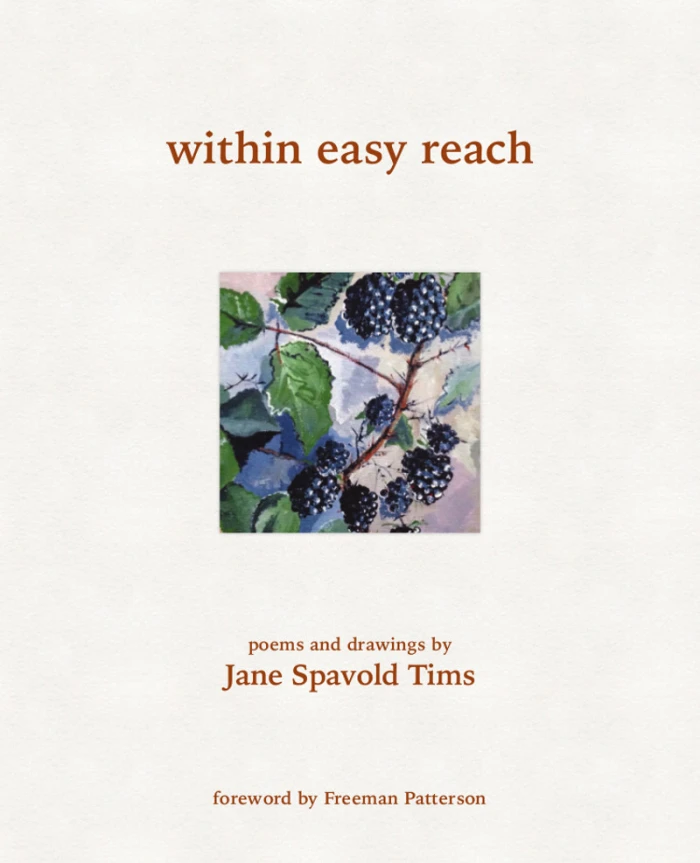Bluebead Lily (Clintonia borealis (Ait.) Raf.)
When I hike through the woods, I am made uneasy by two unnatural-looking berries… the ‘doll’s eyes’ of White Baneberry (Actaea pachypoda Ell.) , and the metallic blue berries of the Bluebead Lily (Clintonia borealis (Ait.) Raf.). Both berries are poisonous and inedible. I’ll write more about White Baneberry in a later post, but first, I want to tell you about the Bluebead Lily.
The Bluebead Lily is also known by the names Snakeberry, Dogberry, Corn Lily, Cow Tongue, Straw Lily and even Wild Lily-of-the-Valley. It is called after De Witt Clinton, several-times Governor of New York. Its specific name, borealis, is Latin for ‘northern’.
Clintonia grows in rich, cool hardwoods, often on slopes. The plant consists of two or three large, shiny basal leaves, with parallel veins, wrapped around one-another and clasping the base of a flower-stalk. The stalk bears several yellow-green nodding lily-like flowers. In late May, these flowers are just beginning their blooming.
By July, the berries are ripening. These are considered inedible, perhaps toxic. They are oval, shiny, dark blue, and to me, menacing.
Although the berries are inedible, the young leaves, when they are just expanding, can be eaten cooked or raw, and taste like cucumber. To cook them, boil for 10 minutes and serve with butter. As the leaves mature, the cucumber taste becomes strong and unpleasant.
If you want to try the young leaves of Clintonia, make sure you are certain of identification since there are many leaves in the woods that may superficially resemble the leaves of Clintonia.
Have you ever seen a Bluebead Lily and its berries or flowers?~
~
poisonous
~
White Baneberry
and Bluebead Lily –
vivid berries
peek between leaves,
part a path
in the understory, dolls
wink, use fern shadow
to blink or disguise
a gift, a bead
of metal, stained
glossy, alien
blueberry-blue
~
glossed by the Guidebook
with skull and crossbones
~
~
Warning: 1. never eat any plant if you are not absolutely certain of the identification; 2. never eat any plant if you have personal sensitivities, including allergies, to certain plants or their derivatives; 3. never eat any plant unless you have checked several sources to verify the edibility of the plant.© Jane Tims 2012























I’ve not seen this plant before- I’d like to though!
LikeLike
Watching Seasons
May 31, 2012 at 10:00 pm
Hi. My field guide says it occurs in Canada and northern US, also southward in mountains as far as Georgia. I hope you see it! Jane
LikeLike
jane tims
June 1, 2012 at 6:23 am
Wonderful drawing and poem. I have never seen the Bluebead Lily. I looked it up and apparently it is endangered in Ohio (the state where I live).
LikeLike
Robin
May 26, 2012 at 6:33 pm
Hi. We were delighted to find a clump of them growing along our fence today. I didn’t realise we had them on our property. Now I can wait for the ‘blue beads’ to appear! Jane
LikeLike
jane tims
May 26, 2012 at 10:05 pm
Beautiful illustration and poem Jane!
LikeLike
dfb
May 24, 2012 at 2:49 am
Hi. Thanks! I’m glad you like them. The color is a new thing for me… on my retirement, a friend gave me a set of Derwent Inktense watersoluable ink pencils and I am having some fun with them. Jane
LikeLike
jane tims
May 24, 2012 at 8:03 am
I’ve seen the bluehead lily in shady areas, but never knew what it was until I read this post. Thanks for the information.
LikeLike
Sheryl
May 24, 2012 at 12:43 am
Hi Sheryl. You are welcome! My Mom used to show it to me and warn me never to eat it. Jane
LikeLike
jane tims
May 24, 2012 at 7:57 am
I love the twist in the last two lines of the poem. Danger. I always admire your abilities to give the historical and botanical information. Your posts are rich in language, lore and fact.
LikeLike
Carol Steel
May 23, 2012 at 5:47 pm
Hi Carol. Thank you so much for your comments. My aim is to blend my historical and botanical training. Jane
LikeLike
jane tims
May 24, 2012 at 8:05 am
I wonder if the berries could be used for ink?
On Monday I was cutting down some saplings growing too close and discovered what I thought was trillium but on a closer look I discovered it was jack-in-the-pulpit. I now have a small cluster of them growing on the north-east side. I’ve always wanted a little woodland garden… and all of a sudden, there it is… Nature’s surprises.
LikeLike
snowbirdpress
May 23, 2012 at 3:04 pm
Hi. I haven’t come across any literature that says the berries have been used for anything… ink might be a possibility but I think the color is confined to the ‘skin’. You are so lucky to have found the Jack-in-the-Pulpits! Our equivalent ‘find’ is a group of Lady’s Slippers, in the middle of our woods road! Jane
LikeLike
jane tims
May 24, 2012 at 7:51 am
Hi, Jane, Yes, that is a lovely find. Were they Lady’s Slippers or Moccasin Flowers? Some people get them mixed up so I always ask.
LikeLike
snowbirdpress
May 25, 2012 at 10:43 pm
Hi. They are Lady’s Slippers. I’ll do a post on them this week. Jane
LikeLike
jane tims
May 26, 2012 at 8:13 am